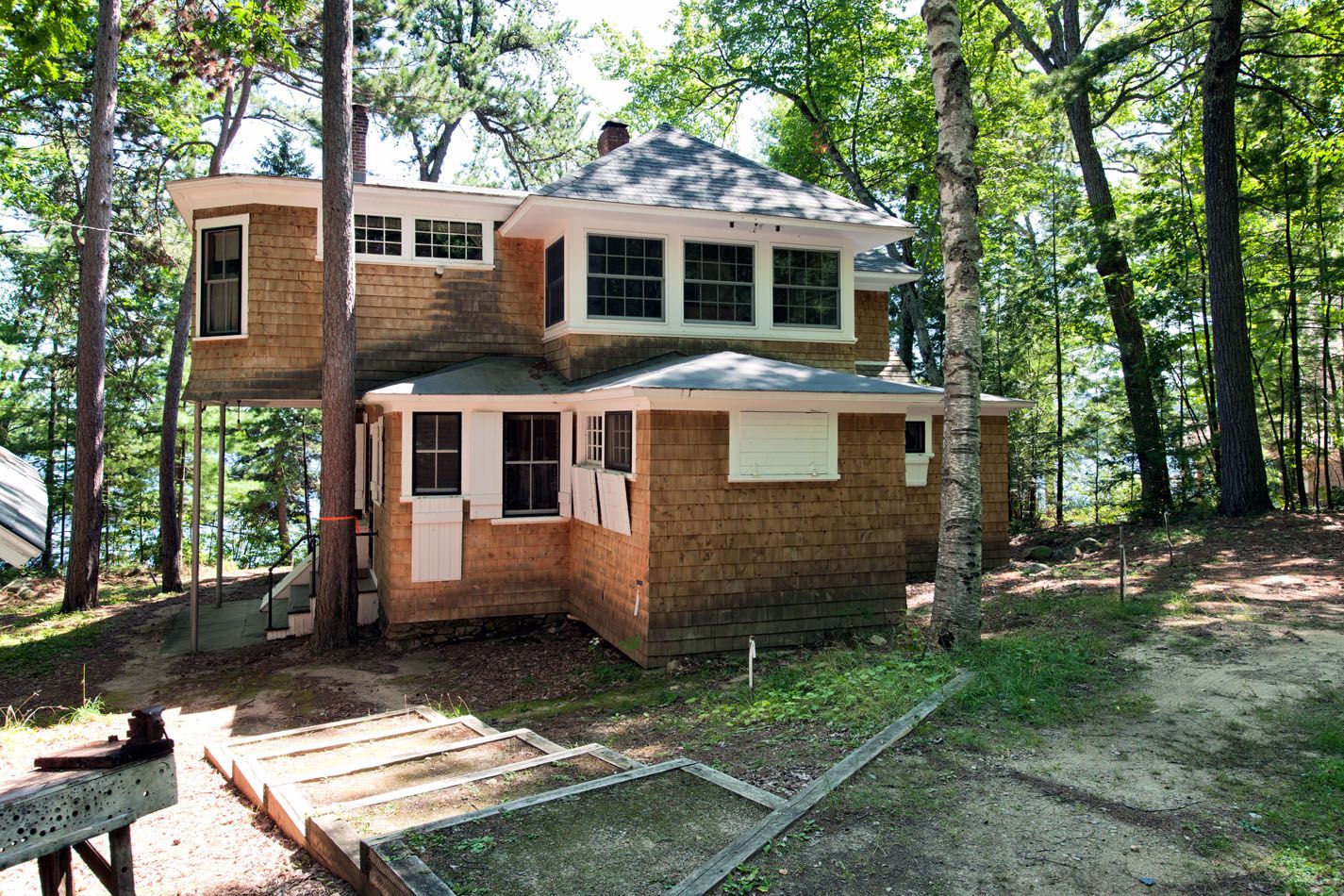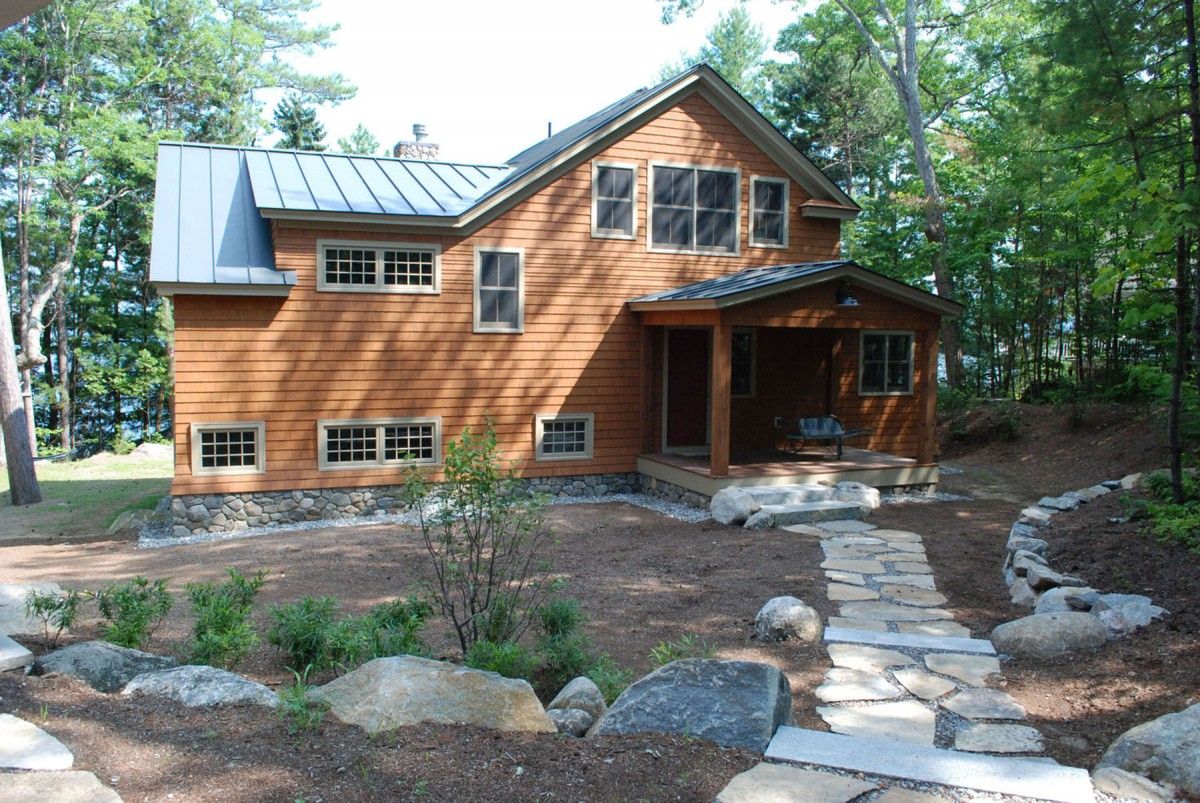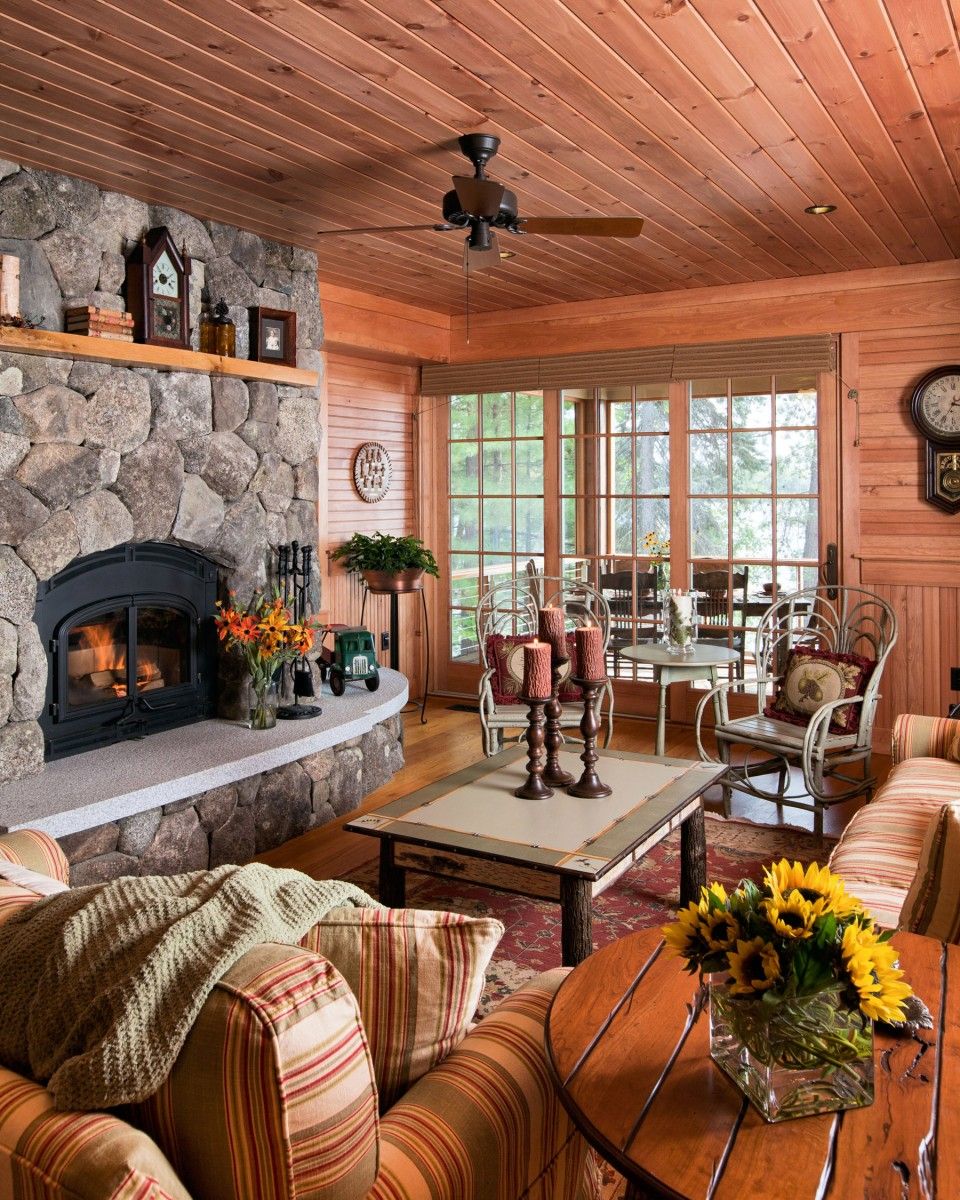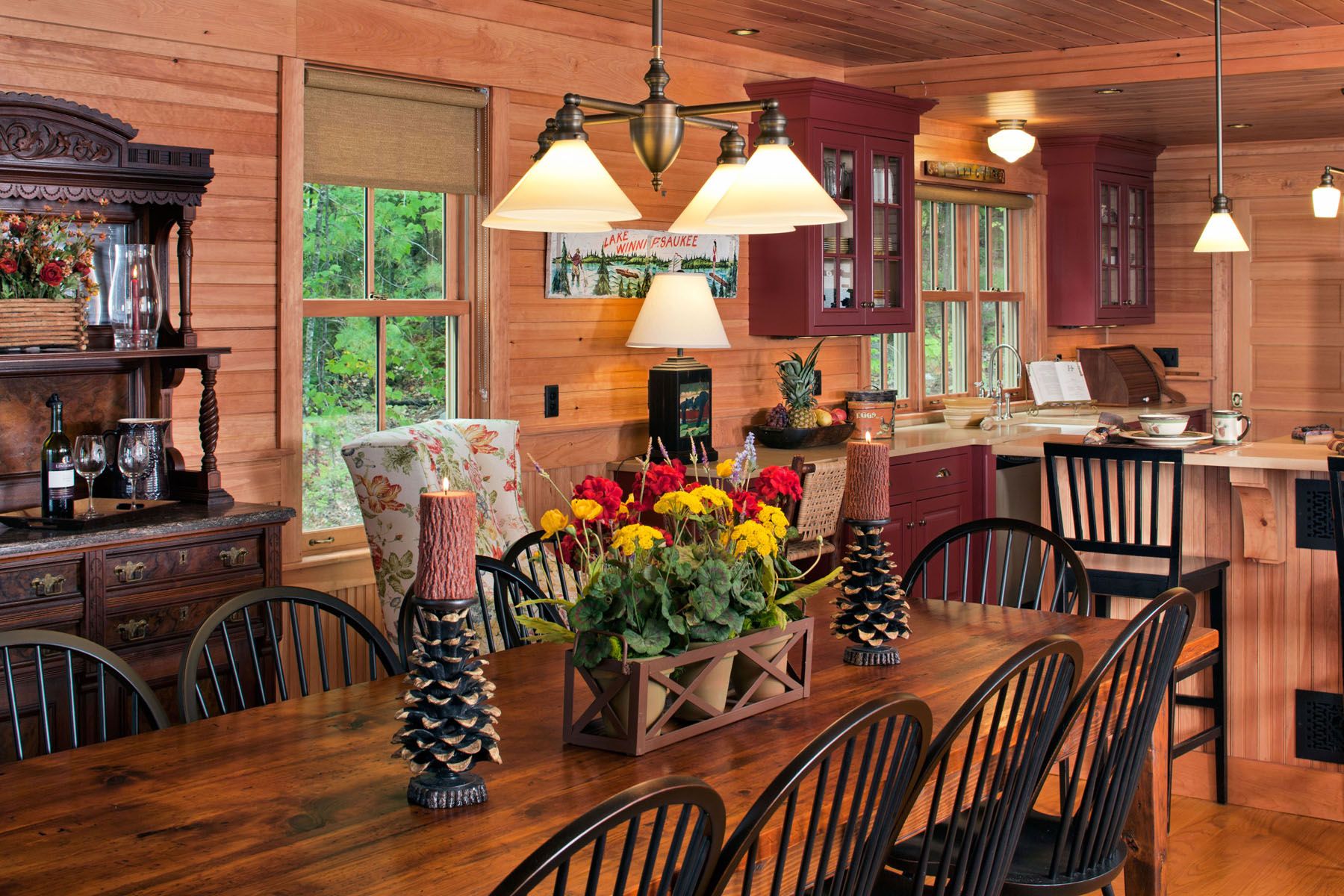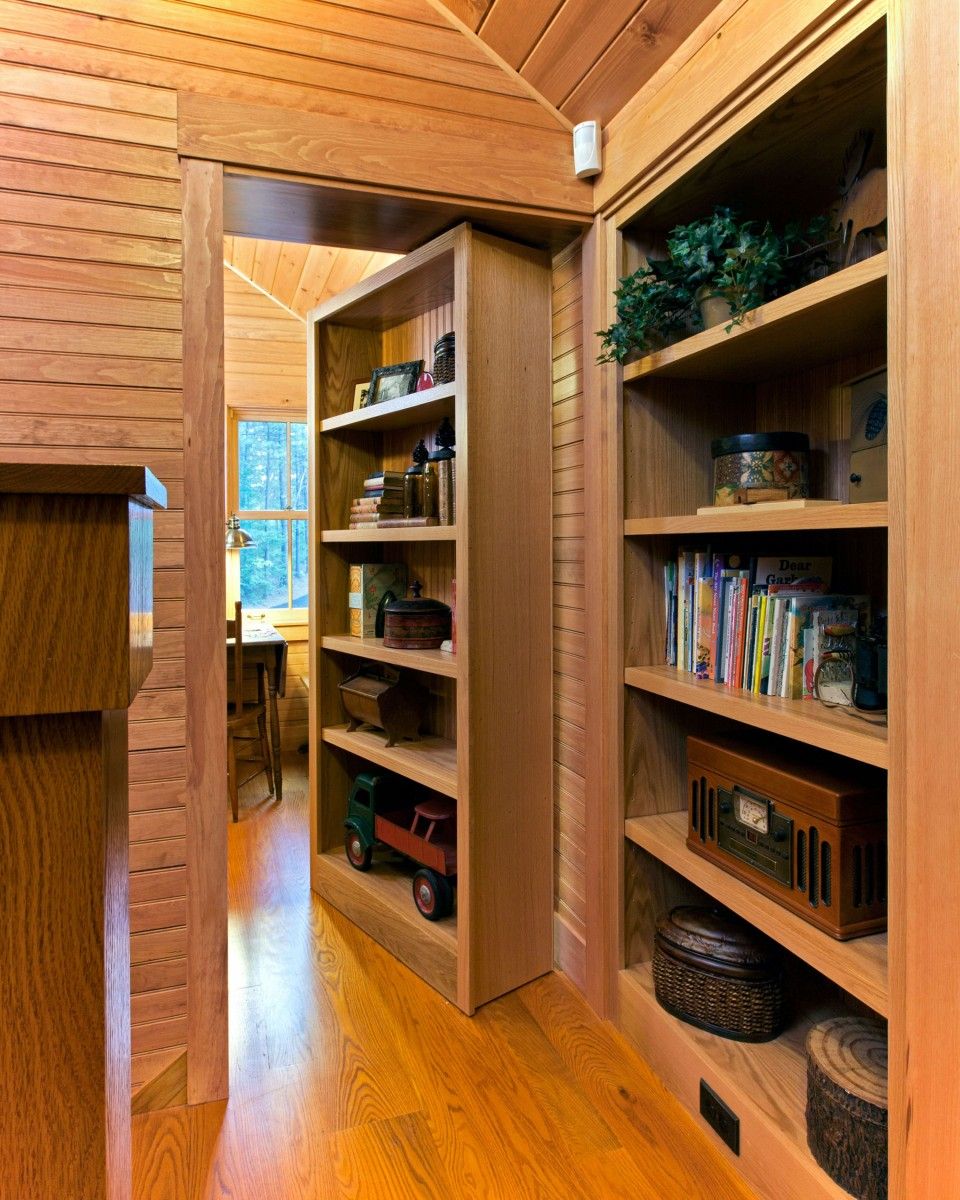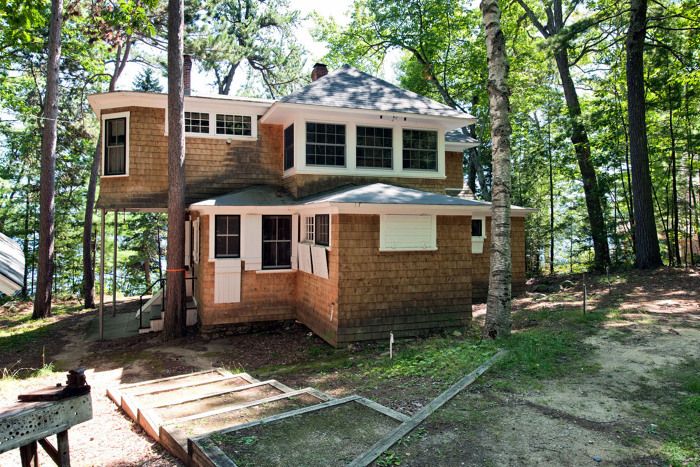
The increasingly popular desire to build energy efficient homes that reduce running cost and provide the “feel good” factor of creating an environmentally sensitive and appropriate structure is not unique in itself. Obtaining a LEED Platinum rating in the USGBC’s LEED for Homes program is not widespread, but also not entirely unique. Creating a new replacement for a long-time family vacation home, addressing issues of improved internal environmental air quality, reduced energy usage, reduced maintenance requirements, thus reduced resource usage and maximized recycling of demolition materials are all admirable goals, but again not unique. However, to achieve all of the above while providing the family with a new vacation home that satisfies all their desires to replicate the aesthetic treatment and historic feel of the previous home is worth noting. Add into the mix a project that minimized site impact, utilized low-embodied energy materials and FSC woods, and one starts to understand all that went into this home and why it is worth exemplifying as a good guide to future new construction. Not “the answer” but “an answer” contributing toward a necessary goal: true sustainable building.
